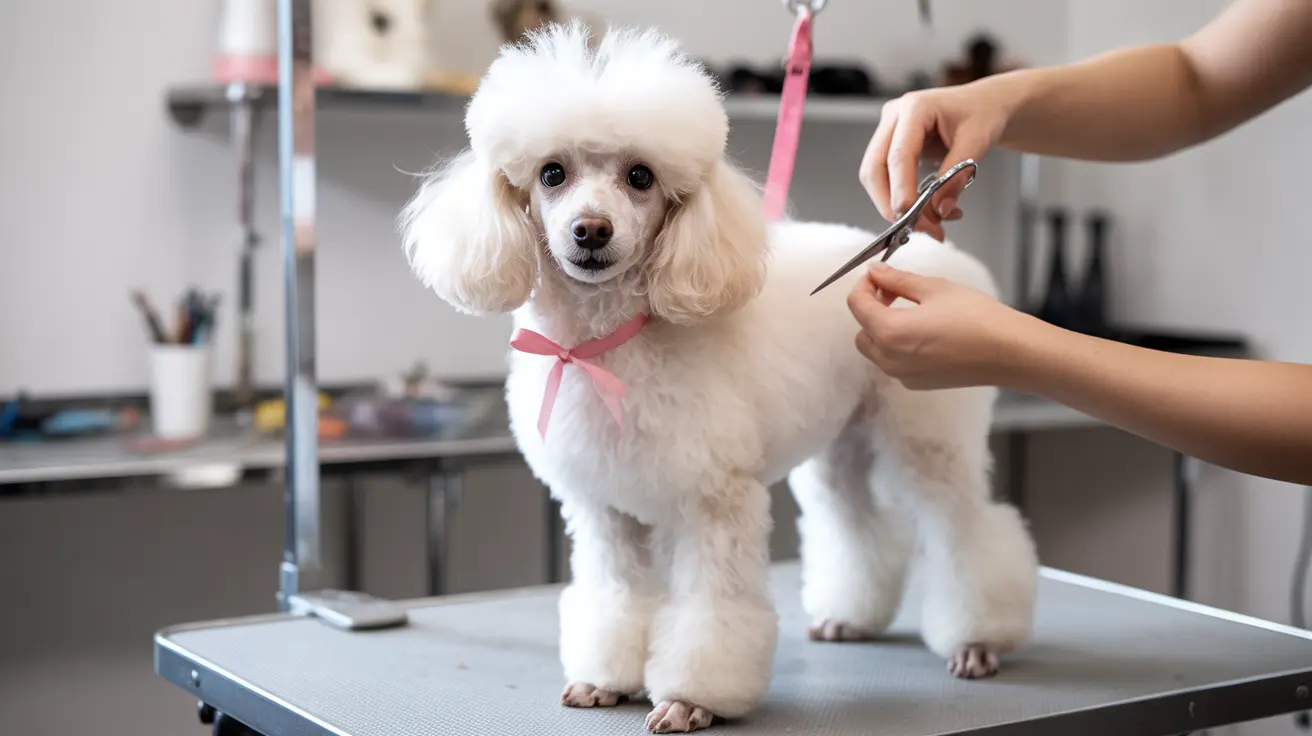When considering adding a Miniature Poodle to your family, understanding their adult size and growth patterns is essential for proper care and preparation. These intelligent, elegant dogs offer a perfect middle ground between the tiny Toy Poodle and the larger Standard Poodle, making them an excellent choice for various living situations.
In this comprehensive guide, we'll explore everything you need to know about full grown Miniature Poodles, from their expected size and weight to growth timelines and factors affecting their development.
Adult Size and Weight Standards
A full grown Miniature Poodle typically stands between 10 to 15 inches tall at the shoulder, with most falling in the 13-14.5 inch range. Their adult weight generally settles between 10 and 15 pounds, creating a perfectly proportioned small dog that's neither too delicate nor too bulky.
These size standards are officially recognized by the American Kennel Club and help distinguish Miniature Poodles from their Toy and Standard cousins.
Growth Timeline and Development
Miniature Poodles reach their full size through a predictable growth pattern. Most achieve their adult height and weight between 10 to 12 months of age, though some may continue to "fill out" until 18 months.
Typical Growth Milestones:
- 2 months: 2-5 pounds
- 4 months: 5-9 pounds
- 6 months: 7-12 pounds
- 8 months: 8-14 pounds
- 12 months: 10-15 pounds (full grown)
Factors Influencing Adult Size
Several key factors determine a Miniature Poodle's ultimate size:
Genetics
The most significant factor is heredity, with puppy size typically correlating to parental size. Responsible breeders can often provide accurate size predictions based on genetic lines.
Nutrition
Proper nutrition during puppyhood significantly impacts growth and development. A balanced diet specifically formulated for small breed puppies helps ensure healthy development and appropriate adult size.
Health and Medical Care
Overall health, including early medical interventions and timing of spay/neuter procedures, can influence final size and development. Regular veterinary check-ups help monitor growth progress and address any concerns early.
Care Requirements for Full Grown Miniature Poodles
Maintaining a healthy adult Miniature Poodle requires attention to several key areas:
Exercise Needs
Despite their small size, these dogs need regular exercise - typically 30-45 minutes daily of active play or walking to maintain their ideal weight and muscle tone.
Grooming Requirements
Their distinctive coat requires consistent maintenance, including professional grooming every 4-6 weeks and regular home brushing to prevent matting and maintain their characteristic appearance.
Frequently Asked Questions
How tall and heavy is a full grown Miniature Poodle typically?
A full grown Miniature Poodle typically stands 10-15 inches tall at the shoulder and weighs between 10-15 pounds when fully mature.
At what age do Miniature Poodles usually reach their adult size and weight?
Most Miniature Poodles reach their adult size and weight between 10-12 months of age, though some may continue developing until 18 months.
What factors influence the growth and final size of a Miniature Poodle?
The main factors affecting a Miniature Poodle's growth and final size include genetics, nutrition, overall health, and timing of spay/neuter procedures.
How often should I groom my full grown Miniature Poodle to maintain its coat health?
Full grown Miniature Poodles need professional grooming every 4-6 weeks and daily home brushing to maintain coat health and prevent matting.
When is the best time to spay or neuter a Miniature Poodle to support healthy growth?
Many veterinarians recommend waiting until 10-12 months of age to spay or neuter a Miniature Poodle, allowing for complete bone and joint development.
Whether you're a current Miniature Poodle owner or considering adding one to your family, understanding their size and growth patterns helps ensure proper care throughout their life. These intelligent, adaptable dogs make wonderful companions when their physical and emotional needs are met through appropriate care and attention.






